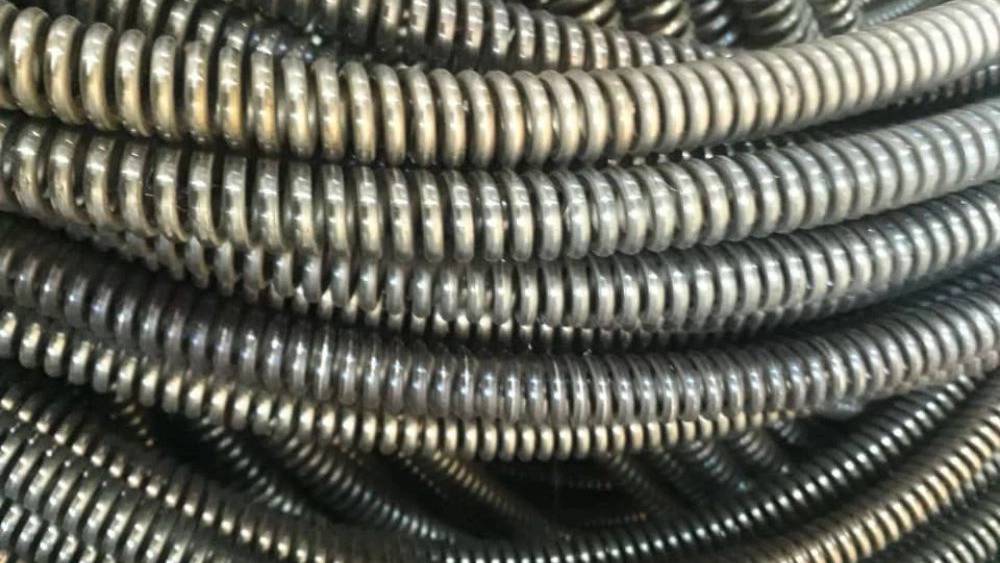Designing and producing all kinds of springs is a specialized process that includes various stages from design to production and quality control. Springs are used as key components in many industries, including automotive, electronics, and industrial machinery. In the following, we discuss the stages of designing and producing springs:
Spring Design and Production Steps:
- In this step, the customer's needs and the technical specifications of the desired spring are reviewed. This includes the type of load, size, shape and material of the spring.
2. Design:
- Using engineering design software, the spring prototype is created. This design includes the dimensions, shape and type of spring (compression, tension or torsion). ) is very important for spring production. These materials must have appropriate mechanical and chemical properties.
4. Production process:
- Cutting: The raw materials are cut to the required sizes.
- Shaping: Springs are shaped into the desired shape using special machines.
- Heating: To increase strength and reduce internal stresses, springs are usually subjected to a heating process.
-Final finishing: This stage includes final operations such as grinding and coating.
- After production, the springs are subjected to quality control tests. These tests include checking the dimensions, strength and performance of the springs.
6. Packaging and Shipping:
- Finally, the produced springs are packed and shipped to the customers.

Types of springs:
- Compression springs: to withstand compressive loads.
- Tension springs: to create tensile force.
- Torsion springs: to withstand torsional loads.
Applications:
- Automotive industry: in suspension systems and various car mechanisms.
- Electronics industry: In electronic and mechanical devices.
- Industry Building: in different equipment and structures.

